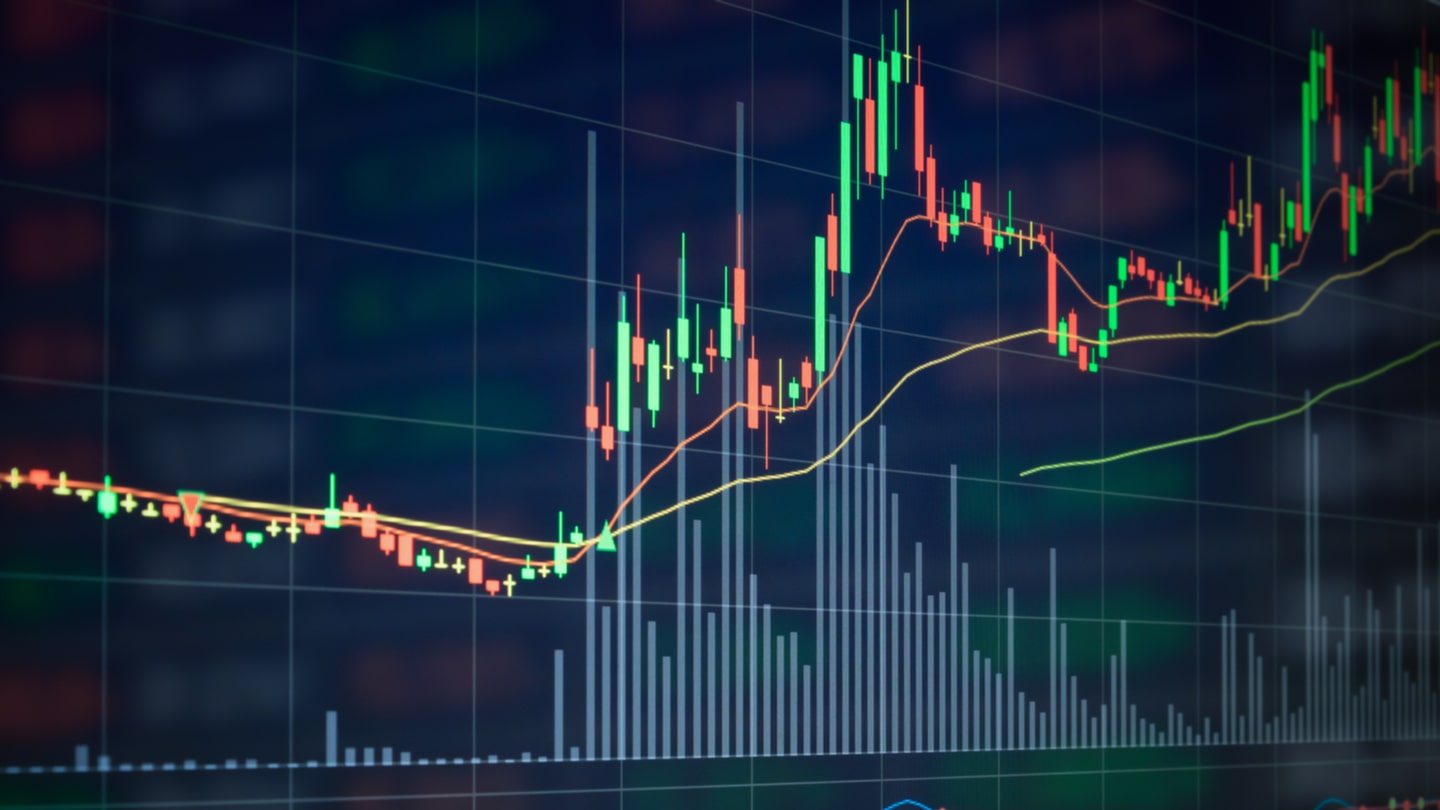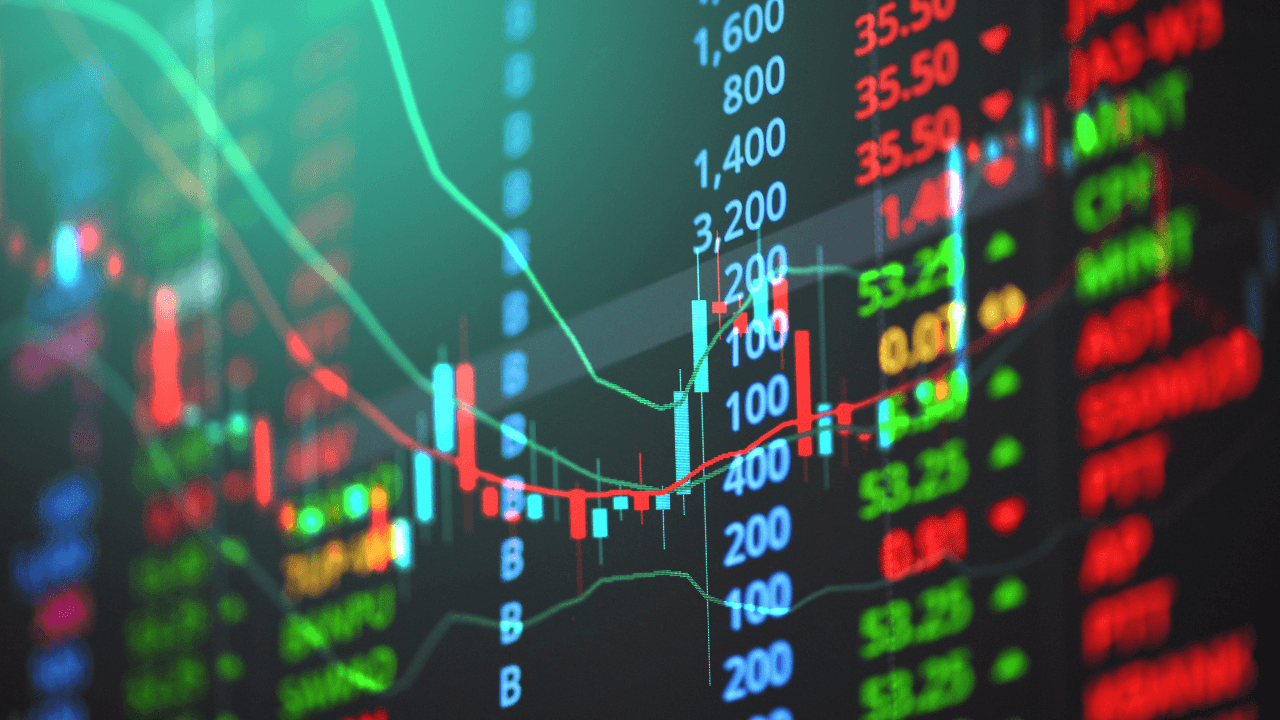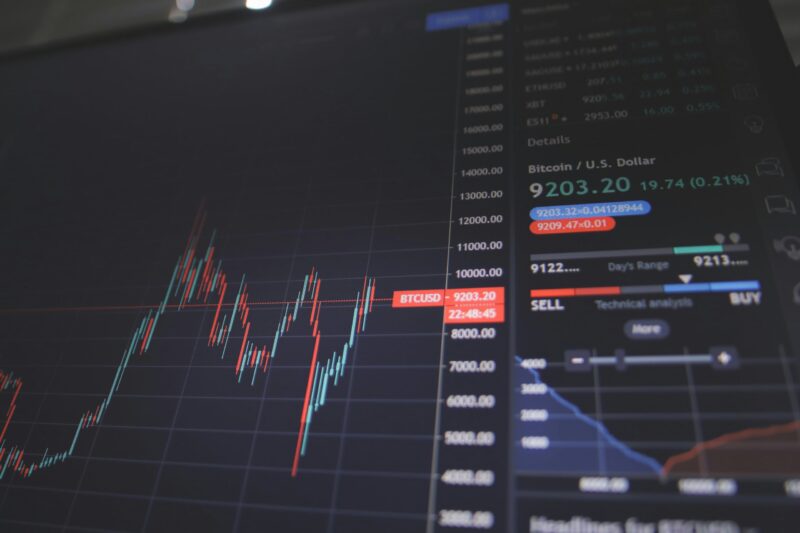In an age where digital trading reigns supreme, the allure of trading simulators has captured the imagination of aspiring investors and seasoned traders alike. These platforms promise a risk-free environment to hone skills, experiment with strategies, and absorb the art of trading without the immediate threat of financial loss.
But with so much buzz surrounding their benefits, one cant help but wonder: are trading simulators truly worth the hype they garner? This article delves deep into the world of trading simulators, illuminating three critical aspects that every prospective trader should understand. From the psychological nuances of trading to the potential pitfalls of relying solely on simulated experiences, lets explore whether these tools are a gateway to success or simply a mirage in the vast landscape of financial markets.
Understanding the Basics: What Are Trading Simulators?

Trading simulators are innovative tools designed to mimic real market conditions, allowing users to practice their trading skills without the financial risks associated with actual investments. With a plethora of features—ranging from historical data analysis to simulated order executions—these platforms, including a bar replay free tool, create a rich environment for both novices and seasoned traders to hone their strategies. Imagine diving into the complexities of buying and selling stocks, all while being shielded from the looming threat of losses; that’s precisely what trading simulators offer.
They provide an invaluable opportunity to understand market dynamics, perfect timing strategies, and assess emotional responses—factors that play a pivotal role in trading success. However, the question remains: do these simulators truly reflect the unpredictable nature of the market, or are they merely educational tools with limitations?
Pros and Cons: Do They Really Enhance Your Trading Skills?

When evaluating the effectiveness of trading simulators, the debate often revolves around their true ability to enhance trading skills. On one hand, these digital environments offer a risk-free platform for traders to experiment with strategies and hone their decision-making abilities.
The immediate feedback loop allows for rapid learning, making mistakes without financial repercussions. However, the absence of real-market pressures can create a false sense of security, leading some traders to overestimate their preparedness for the unpredictable nature of live trading.
Moreover, the emotional thrill that comes from real stakes is missing, which can be crucial in developing resilience and discipline. So, do they truly enhance your trading skills? The answer may lie in how they are utilized—practiced diligently, they can serve as a useful tool; neglected, they might lead to complacency and overconfidence.
Key Features to Look For in an Effective Trading Simulator

When searching for an effective trading simulator, there are several key features that can significantly enhance your learning experience. First and foremost, real-time market data is essential; this allows you to engage with the current fluctuations and nuances of trading that you would encounter in a live environment. Look for simulators that offer a user-friendly interface, as a complex design can hinder your ability to focus on strategy and analysis.
Additionally, a robust variety of asset classes—stocks, options, forex—enables you to diversify your practice and gain a broader understanding of different markets. Support for customizable scenarios is another noteworthy feature, allowing you to create specific conditions that test your strategies under varied circumstances, fostering adaptability and quick thinking.
Finally, comprehensive analytics and performance tracking can provide valuable insights into your trading habits, helping you to identify strengths and weaknesses in your approach as you refine your skills.
Conclusion
In conclusion, trading simulators can be an invaluable tool for both novice and experienced traders seeking to hone their skills without the financial risks associated with real-world trading. They offer a realistic environment to practice strategies, gain confidence, and develop a deeper understanding of market dynamics.
However, its essential to approach these simulators with a critical mindset and recognize their limitations, as they can never fully replicate the psychological pressures of live trading. For those looking to enhance their trading experience, utilizing a chart replay free platform can offer an additional layer of practice, allowing users to review past market scenarios and refine their strategies.
Ultimately, by weighing the benefits against the challenges, traders can determine if these simulators are worth the hype and how best to integrate them into their trading journey.


